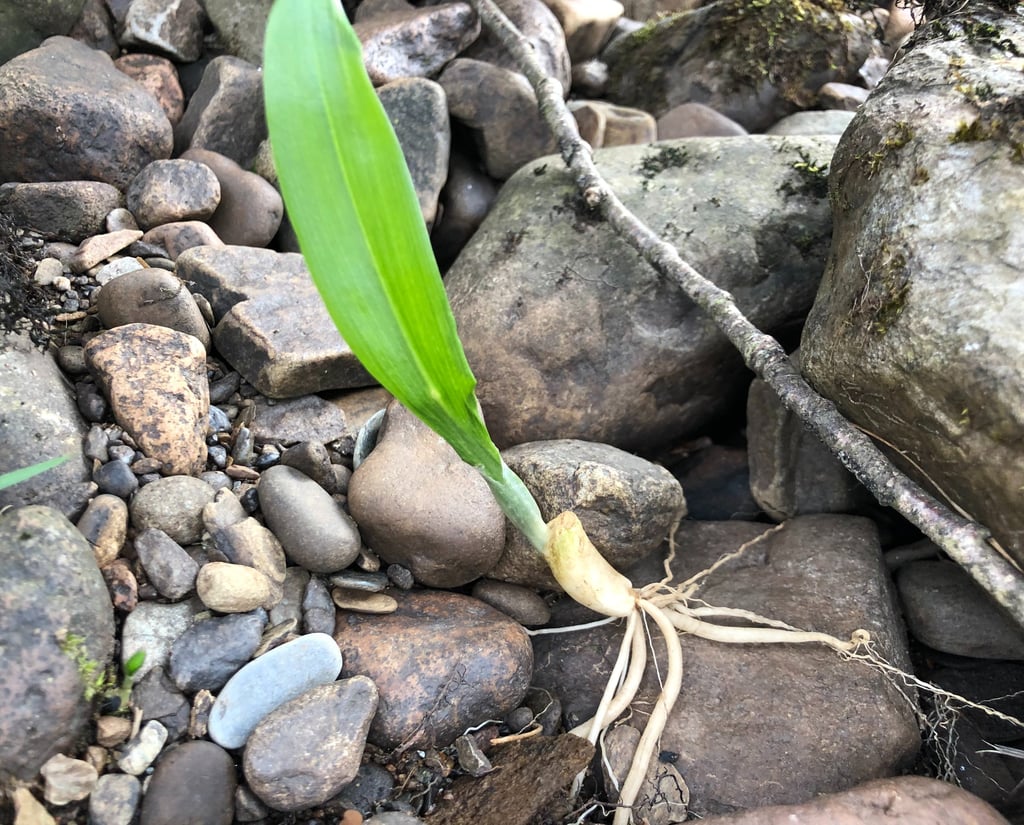Allium ursinum
Ramsons/ wild garlic
ANGIOSPERMSSPECIES SPIELS
Innes Manders
4/12/20251 min read


This photo is from a periodically inundated area of riverbed in Argyll, where wild garlic is abundant in the surrounding riparian woodland. It gives a good sense of the impressive capacity of this (rather tasty) species to colonise open areas.
Apparently, people sometimes confuse ramson leaves with lily-of-the valley, Convallaria majalis and even meadow saffron, Colcichum autumnale - neither being a good mistake to make if cooking pesto, as both these species are toxic.
Colchicum autumnale has no distinct petiole (leaf stalk). It is probably not native to Scotland, but has become naturalised in some areas, particularly in the Northeast.
Lily-of-the-valley is the more convincing lookalike of the two. In The Vegetative Key to the British Flora (Poland & Clement), these species diverge at the simple characteristic that wild garlic leaves smell strongly of...onion! I don't want to argue with this incredibly useful book - but surely wild garlic smells of garlic! To my nose anyway... It certainly tastes of garlic. I reckon it tastes more of garlic than garlic tastes of garlic.
Overall, I'm not a particular fan of keys which rely on smell (mine being somewhat hopeless - even lemon-scented fern is a mystery to me) & have found that ramsons are just one of those species that you get a feel for. Other mistakes are made when foraging for wild garlic so don't take this blog as anything like sufficient advice. Wild garlic is not flowering yet here, but will be soon & then the white umbels are another useful feature. And that is the unhelpful botanical and foraging advice on which this short post ends.
Catkin Ecology
Finding Scotland's missing habitat
CONTACT US
info@catkinecology.co.uk
+44 7918 024809
© 2025. All rights reserved.
